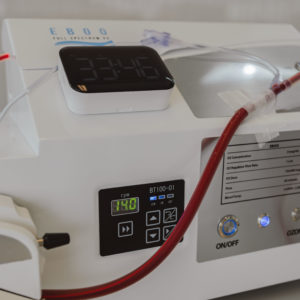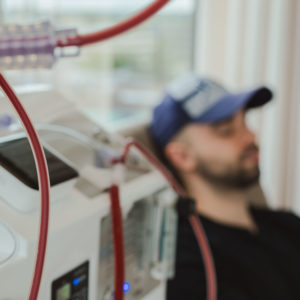3 min|Rhiannon Lockhart
Boost Your Iron Levels
Wellness, Nutrition, Health, EducationIron deficiency can be quite common, whether it’s due to lack of iron-containing foods or issues with our body’s ability to absorb it.
Adding food that is high in iron (and combining the proper sources of iron) can be an excellent starting point to increasing your body’s iron stores. Taking a food-first approach can be helpful if you suspect you are lacking iron but haven’t had any blood work completed to confirm it. If you are unsure whether your symptoms may be related to an iron deficiency, you can check out this list.When we look at our diet, the best way to reduce the likelihood of issues from iron deficiency is to focus on a whole-foods diet: think vegetables, animal protein and minimally processed grains and legumes. This will help to build a healthy gut microbiome and assist in our body’s ability to absorb nutrients from food.
Foods High in Iron
In many cases, individuals with iron deficiency need some extra assistance. However, it’s also important to understand the different types of iron and how our body typically utilizes themHeme iron is found in animal proteins and is more readily utilized by our body. This is important for someone who has absorption issues to consider, as this may be the fastest acting way to increase our iron stores. Some heme iron sources include (1):
- Beef, chicken and pork liver
- Oysters
- Mussels
- Grass-fed beef
- Duck
- Sardines
- Lamb
- Tuna, herring, tout, mackerel
- Soybeans
- Lentils
- Pumpkin seeds
- Enriched cereals (aim for lower sugar options)
- Red kidney beans
- Blackstrap molasses
- Cooked spinach (at least ½ cup)
- Edamame
- Tofu (non-GMO & organic)
- Tahini (at least 2 tbsp)
- Chickpeas
Some foods make it more difficult for us to absorb iron. These typically include foods high in phytates, polyphenols and calcium, which include:
- Tea
- Coffee
- Whole grains
- Dairy products
In addition to adding more iron-rich foods to your diet, consider cooking in a cast iron skillet or using a Lucky Iron Fish while simmering your soups and stews.
Book an appointment.
Related Articles

3 min|Dr. Alex Chan
EBOO for Chronic Inflammation: A Natural Approach for Systemic Relief
Regenerative Medicine, EBOO Therapy
3 min|Dr. Alex Chan
EBOO Therapy for Autoimmune Conditions: Exploring the Potential Benefits
Autoimmune Disease, Regenerative Medicine, EBOO Therapy


